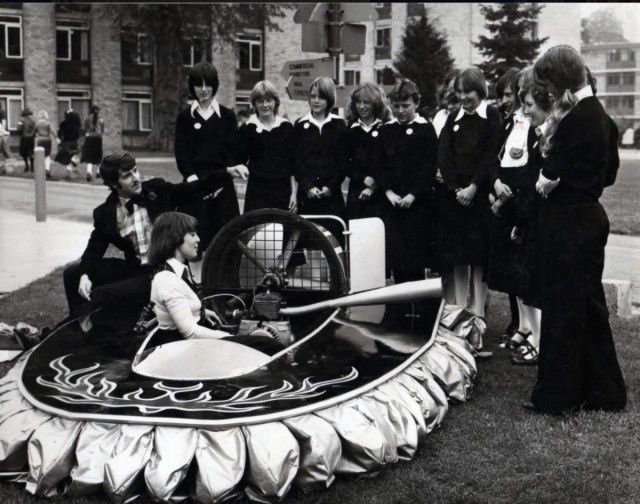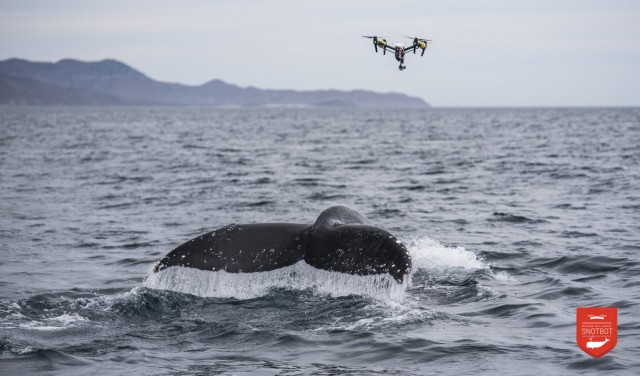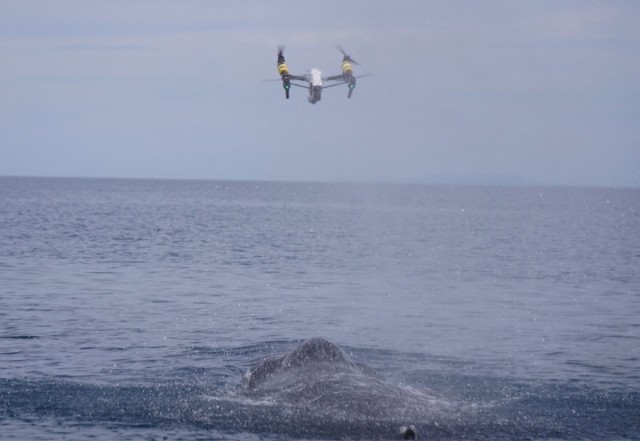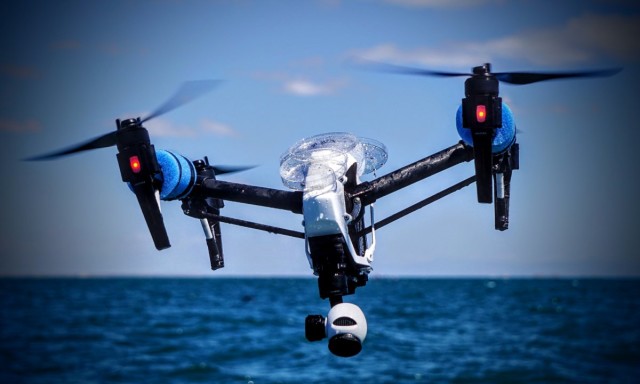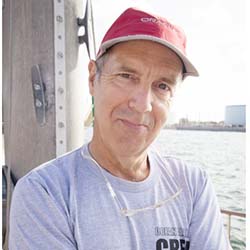 We wanted to find out more about the team behind Drone World Expo – what makes them tick, what motivates them and what are the secrets behind the success of the event. We will be interviewing several of the Advisory Board members over the coming months. We start with
We wanted to find out more about the team behind Drone World Expo – what makes them tick, what motivates them and what are the secrets behind the success of the event. We will be interviewing several of the Advisory Board members over the coming months. We start with
Dr. Iain Kerr, the CEO of the Ocean Alliance, an organization recognised as an international leader in whale research and ocean conservation since its founding by renowned scientist Dr. Roger Payne in 1970. Iain has pioneered research using UAVs to collect data from whales and the ocean environment.
1. What was the trigger for your move to the USA? Was Ocean Alliance your first employer?
I first came over to the USA looking for adventure, I had just finished four years at university I wanted to go and explore the world, my sister had friends in Miami and the Bahamas. A year or so later I started a small company in Miami called CDI hovercraft. These were small light weight hovercraft that were the ultimate all terrain vehicles, we sold some to rice growers in the Mississippi, gold miners in Brazil and adventurers or early adopters looking for a new type of transportation. I still see these hovercraft as a solution looking for a problem. I have always liked to tinker with machines. After CDI Hovercraft I worked as a yacht delivery captain for a few years but my first formal job was with Ocean Alliance when I captained their research vessel Siben to the Galapagos in the 1980’s.
2. What was your first encounter with a drone ?
I studied engineering at the University of London (part of a teacher training course) I don’t know why but I have always had a great fascination with Helicopters, so I wanted to build a gyrocopter for a final design/build project at University. Luckily my dad persuaded me to build a Hovercraft (see photo below – less height to fall if something goes wrong) hence the Hovercraft company in Miami.
I did not do much airborne tech work for the next decade that I spent at sea but when I came ashore I instantly started back up with gas powered RC helicopters. I did not like the constant engine issues, exhaust and fuel problems and my landlord did not like the dead spots all over the lawn. About another decade later when battery powered helicopters and planes came onto the scene I leapt back into the field with both feet.
3. What do you see as being the advantage(s) of using drones for conservation?
I could spend all day answering this question – I believe that drones for conservation and research are akin to the invention of the microscope for cellular biology. They are opening up a whole new world for us to explore. They are affordable, quite, adaptable, reliable and scalable. I was recently hovering above a blue whale, the largest animal that has ever lived on this planet.
Through FPV I was just sitting 20 feet above this remarkable animal watching, its movement, its musculature, its respiration rate, its patterning and then a few minutes later I had, DNA, Microbiomes and who knows what else from its snot and it never even knew that I was there. If we truly want to understand what effects humanity is having on wildlife we need to study them in a non invasive manner (see the observer effect) – todays drones are the ultimate realization of non invasive research. I also believe we are only just scratching the surface of the potential for these machines.
4. Which airframes did you select for your most recent expeditions to the Sea of Cortez and Alaska and why ?
When we first started the SnotBot program we built prototypes with our friends at Olin College of Engineering, we soon realized that companies like DJI were spending millions on research and development and it would be easier for us to modify their product than create a whole new product. When you spend a lot of money and time getting a team on location, you want a drone that you can rely on and DJI had that in spades. We also really liked the interface that the DJI products have with the I Pad or I phone and the flight log App. Using a drone to collect whale blows is a bit counterintuitive, the whales are blowing up but the drones are blowing down.
In Mexico we wanted to explore two avenues of Snot collection, the first was to use a number of different Snot collection devices on a pole (trying to get out of the downwash) and the second was to use the drone rotor circulation or vortex’s to collect snot for us, taking advantage of the prop wash as against fighting it. The DJI Phantom 4 was perfect for attaching poles and different payloads. The thin body of the DJI Inspire 1 (as against the typical round body) meant that we could put Petri Dishes on the top of the Inspire and collect snot as it was sucked in by the blades and pushed down along the thin body (see photo).
We chose wisely, this method was very successful.
5. There is now a wide variety of exhibitions and conferences about UAS in the USA. Why did you choose to support Drone World Expo?
I started by looking at their advisory board, I really liked the fact that they had such a diverse collection of people, from industry, legislation, investment, science and innovation. The skills experience and expertise that this group bring to the table is quite remarkable. I also like the fact that this conference represents a true cross section of the industry, I see other conferences that are more focused on one aspect or another but in their own words:
“The DWE conference program will provide a road map for the application and deployment of drone solutions and key insights for participants into how to measure and maximize on the value drones can add to commercial businesses”.

